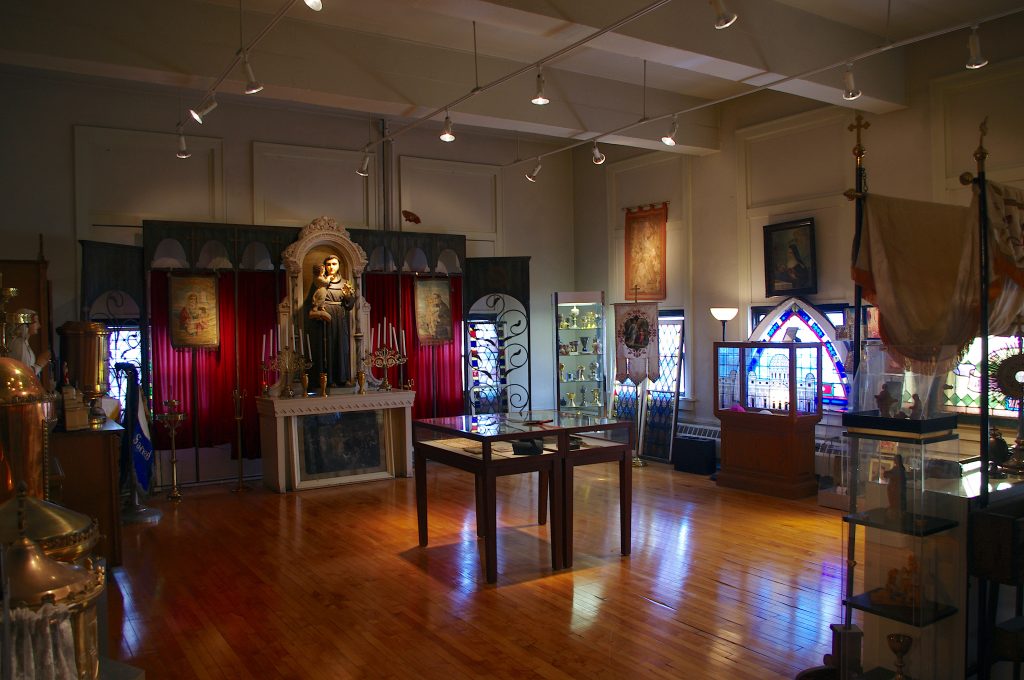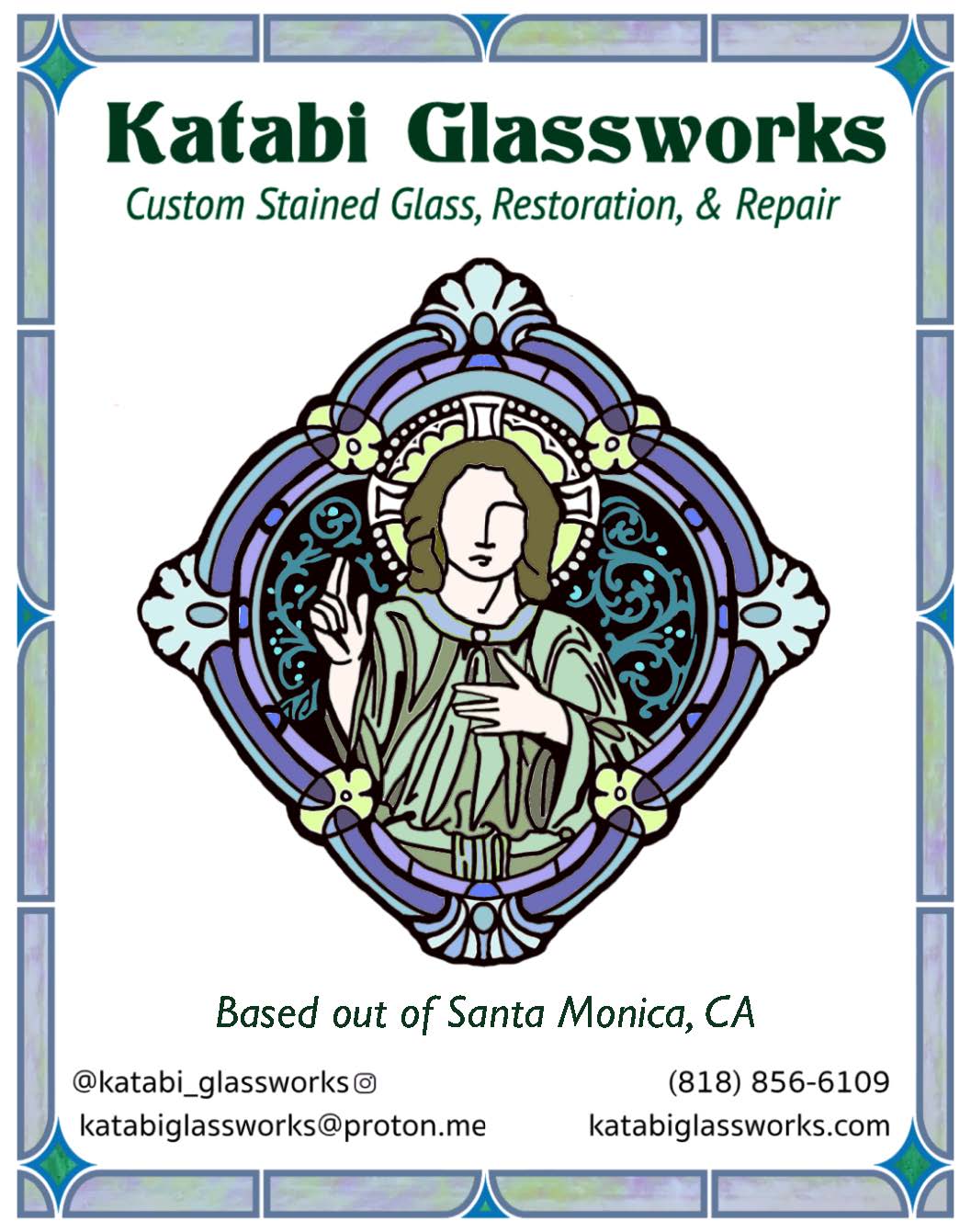Recently I got flown to Columbus, Ohio, to tape an episode of EWTN’s “The Journey Home” with Marcus Grodi. I never tire of telling my conversion story, so that was a treat.
And I’ve grown to love staying in a new town for a few days: walking, pondering, checking out the zeitgeist. Part of conversion, to me, is cultivating a curiosity about the world, a willingness to go to the edges and be an anonymous participant-observer.
So I booked an Airbnb for a few nights in a charming section south of downtown called German Village: cobblestone streets, brick townhouses, Schiller Park.
I strolled the first afternoon to the Audubon Preserve, an extension of the Scioto Mile, a walkway which runs from downtown along the river.
I took the free city bus up to the Short North Arts District, visited the famous North Market (akin to downtown LA’s Grand Central Market), and trolled the pleasantly jumbled shelves at The Book Loft, located in a pre-Civil War-era building that now houses 32 rooms of bargain books.
But my main field trip was to the Jubilee Museum, a one-of-a-kind, must-be-seen-to-be-believed establishment that somehow could only have arisen within the one, catholic, holy, and apostolic Church.
The museum is in a bit of a dicey neighborhood and housed in a converted Catholic school, built in 1917. You go up a set of metal stairs, get buzzed in, and enter what looks like an old-timey bingo hall in which the wall space is crammed with giant organs, rococo marble altars, and life-size statues of saints.
The museum was founded by Father Kevin Lutz, a Columbus priest, in 1998. Its stated purpose “is to preserve the Catholic mind and memory as it is represented in art as well as Catholic Church history. The museum embraces liturgical art and secondarily any art that in some way tells the story directly or indirectly of Christ, Mary, the saints, and the history of the Catholic Church.”
As for funding, “the museum relies on the freewill offerings of private benefactors and friends.”
Apparently the powers that be will let you freely roam if you insist. But after I announced myself as a proud representative of LA’s Angelus magazine, I was assigned a docent named Marian, who was dedicated, patient, and beautifully thorough.
In the main hall alone, she pointed out the stained-glass windows from St. Vincent’s Orphanage; the two altars from St. Jude’s in neighboring Jefferson, Ohio; and the organ from the old Palace Theater in downtown Columbus (“People give us stuff.”).
There’s a temporary Ave Maria/Pièta exhibit; a statue of San Rocco, patron saint of disease and plagues; and just around the corner, an Infant of Prague dresser, with dozens of statues in satin vestments arranged on a doily.
I soon realized that the museum houses more monstrances, sconces, music stands, icons, crucifixes, prie-dieus, rosary beads, reliquaries and angel-topped gilt clocks than even I, inveterate Catholic tchotchke-lover, could take in.
The “Music Room” features, among hundreds of other artifacts, manuscript leaves of Gregorian chant used around 1526, bagpipes, an Irish harp, an Edison record player with a diamond needle, rainmakers from New Mexico, French horns and tubas, radios from the ’20s and ’30s, and a carillon.
On display in the “Convent Room” are such essential items as Sister’s wooden “clicker,” with which she summoned generations of Catholic schoolchildren to prayer; a voting box used when selecting a mother superior filled with white (yes) and black (no) beans; and a metal crimper used by the Sisters of the Holy Cross to set the folds in the halo-like headdress worn atop their wimples.

Best of all, several life-size mannequins are dressed in the habits of various orders: The Franciscan Sisters of Penance and Christian Charity in the olden days wore an amazing headdress that resembled a small church and formed, in effect, its own individual cloister. The “flying nun” (Daughters of Charity), immortalized by Sally Field, is here, along with the Dominican Sisters of St. Mary of the Springs, the Sisters of Charity of Nazareth, and many others.
Not for the first time, I reflected that my one regret is that I didn’t come into the Church pre-Vatican II. I would have loved these no-nonsense nuns, a stern priest like Father Finn in Flannery O’Connor’s “The Enduring Chill,” and decent music.
Still, after we had toured the “Relic Room,” the “Holy Land Room,” the “Jewish Room,” the “Pope and Bishop Room,” the “Bible Room,” the “Tridentine Chapel,” the simulated Catholic schoolroom, and the “Nativity Room,” I finally folded. “Stop!” I almost yelled at poor Marian. “I can’t absorb one more thing!”
Don’t get the impression that the collection is jumbled, either. Everything is thoughtfully, intelligently curated, arranged, and labeled. In fact, that basically volunteer nonprofessionals collected and created this ever-burgeoning labor of love is its own kind of miracle.
As if to bring things full circle, that afternoon I attended the 5:30 p.m. Mass at the newly renovated and recently reopened St. Mary’s Church in German Village. A priest about my age, dressed in emerald green vestments, officiated. On the way out, I fell into conversation with a fellow parishioner. “Now who was it that said Mass?” I asked. “Oh — that’s Father Kevin Lutz.”
Heather King is a blogger, speaker and the author of several books. For more, visit heather-king.com.
SPECIAL OFFER! 44 issues of Angelus for just $9.95! Get the finest in Catholic journalism with first-rate analysis of the events and trends shaping the Church and the world, plus practical advice from the world’s best spiritual writers on prayer and Catholic living, along with great features about Catholic life in Los Angeles. Subscribe now!

